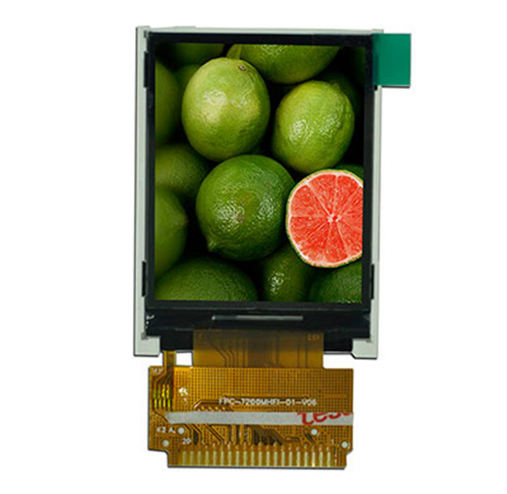The Ultimate Guide to TFT Display Modules
A TFT LCD, or thin-film transistor liquid crystal display, is a rapidly growing form of display technology. The thin-film transistor (TFT) is a type of semiconductor device employed in display technology to improve efficiency, compactness, and cost-effectiveness. The TFT LCD, with its semiconductor properties, operates as an active matrix display, individually and actively controlling pixels. This active approach enhances the advantages of this semiconductor device.
If you're considering whether a TFT LCD display module is suitable for your application, you've come to the right place. This comprehensive guide is designed to assist you in making an informed decision for your business. It provides insights into the various subassemblies of a TFT display module, empowering you with a better understanding of your options. Before engaging with a manufacturer, delve into this guide to gain comprehensive knowledge about TFT display modules and make well-informed choices for your specific needs.
176*220 2.0'' TFT DISPLAY DG-T220176-002
What is a TFT LCD display?
Let's start with the basics. What does TFT LCD actually mean? TFT stands for “Thin-Film Transistor” and LCD stands for “Liquid Crystal Display.” When put together, a TFT LCD display is a flat-panel display or screen that you may find in computer monitors, TV sets, and mobile devices like smartphones and tablets.
Thin Film Transistor LCD panel. A type of LCD flat panel display screen in which each pixel is controlled by one to four transistors. The TFT technology provides the best resolution of all the flat panel techniques, but it is also the most expensive. TFT screens are sometimes called active matrix LCDs.
How does a TFT display work?
TFT displays consist of extensive sheets of transistors, with each transistor being independently controlled. Essentially, a TFT screen operates as an active-matrix screen, illuminating each pixel individually.
Structure of TFT LCD
The TFT LCD is built with three key layers. Two sandwiching layers consist of glass substrates, though one includes TFTs while the other has an RGB, or red green blue, color filter. The layer between the glass layers is a liquid crystal layer.
Pros of TFT displays include:
1. Brightness and Sharp Images: TFT displays typically offer sharper and brighter images compared to standard LCD displays. They also have faster refresh rates, resulting in smoother motion display.
2. Less Energy Consumption: TFT displays generally consume less energy than regular LCD screens. While they may have higher upfront costs, they can be more cost-effective in terms of operation.
TFT IPS vs. TFT TN
When considering TFT displays, you can choose between two technologies: TFT IPS and TFT TN.
In general, many businesses prefer IPS over the traditional TFT TN display, especially for its superior viewing angles and color reproduction. IPS provides higher contrast, though it does consume slightly more power. However, it comes at a higher cost – an IPS display can be 30-50% more expensive than a standard TFT TN screen.
TFT IPS display
Pros:
1. Superior clarity with stable and clear images.
2. More vibrant and clear colors.
3. Easy wall installation due to compact form and low depth.
4. Super IPS screens offer a higher viewing angle (170˚) for improved clarity and wider visibility, especially at night.
5. Longer battery and screen life (on smaller screens).
6. Lower heat release.
7. Variety of options.
Cons:
1. High cost.
2. Colors may not always be perfectly accurate.
3. High resolutions may not always be readily available for personal applications.
TFT TN display
Pros:
1. Lower energy consumption in larger screens.
2. Lower upfront and operation costs.
3. Excellent visibility with no geometric distortion.
4. Good response time and physical screen design.
Cons:
1. Poor viewing angles that may create distortions.
2. Static resolution (cannot be changed – newer models address this efficiently).
3. Display colors may not be perfectly accurate, especially strong blacks and bright whites.
The resistive touch screen, consisting of two layers – a flexible outer layer and a glass inner layer – works by detecting touch input through physical pressure. These layers are separated by an air gap maintained by microdots. While resistive touch screens can process only single touch events, they reduce the transmittance (brightness) of the underlying display by 20% to 30%.
At DGHT, we specialize in providing top-quality display solutions tailored to your specific needs. Whether you require a customized LCD Module, a high-performance TFT Display Module, or the latest OLED Display Module, our team of experts is here to deliver. Explore our wide range of LCD, LED products & Backlight solutions, and experience the difference in clarity and performance. Trust DGHT for all your display module needs and let us help you bring your vision to life.


Comments